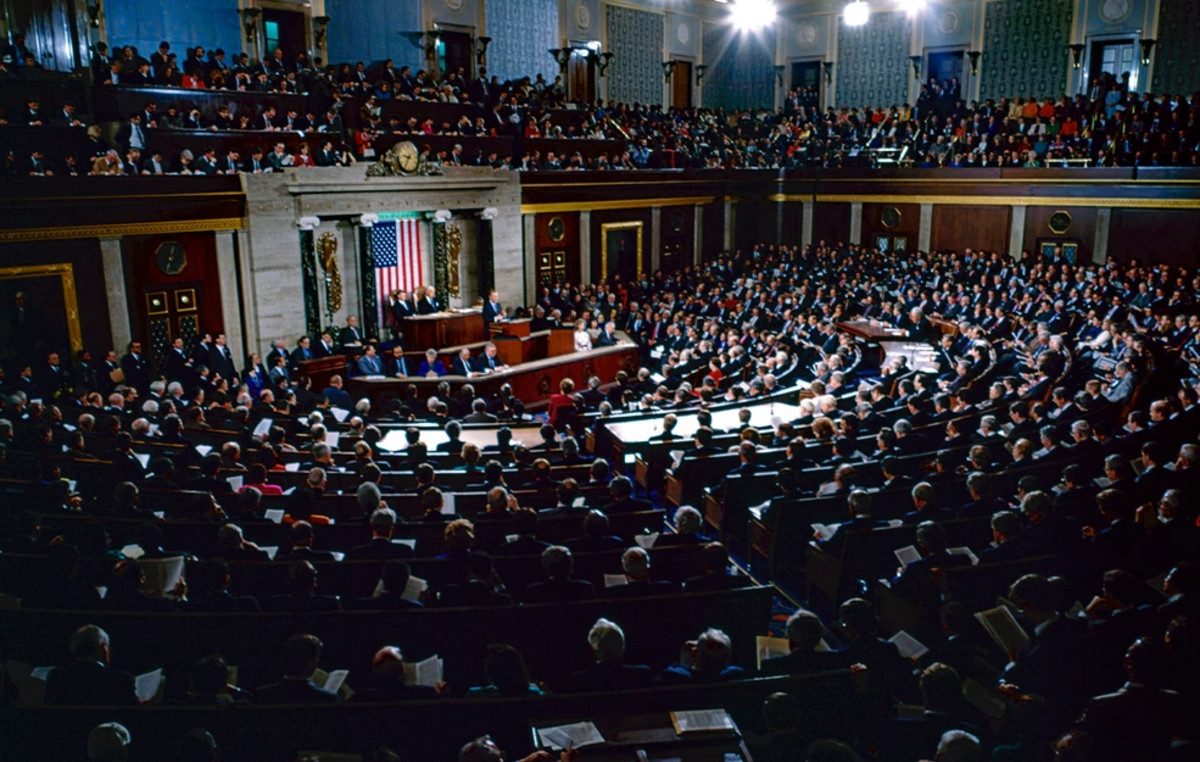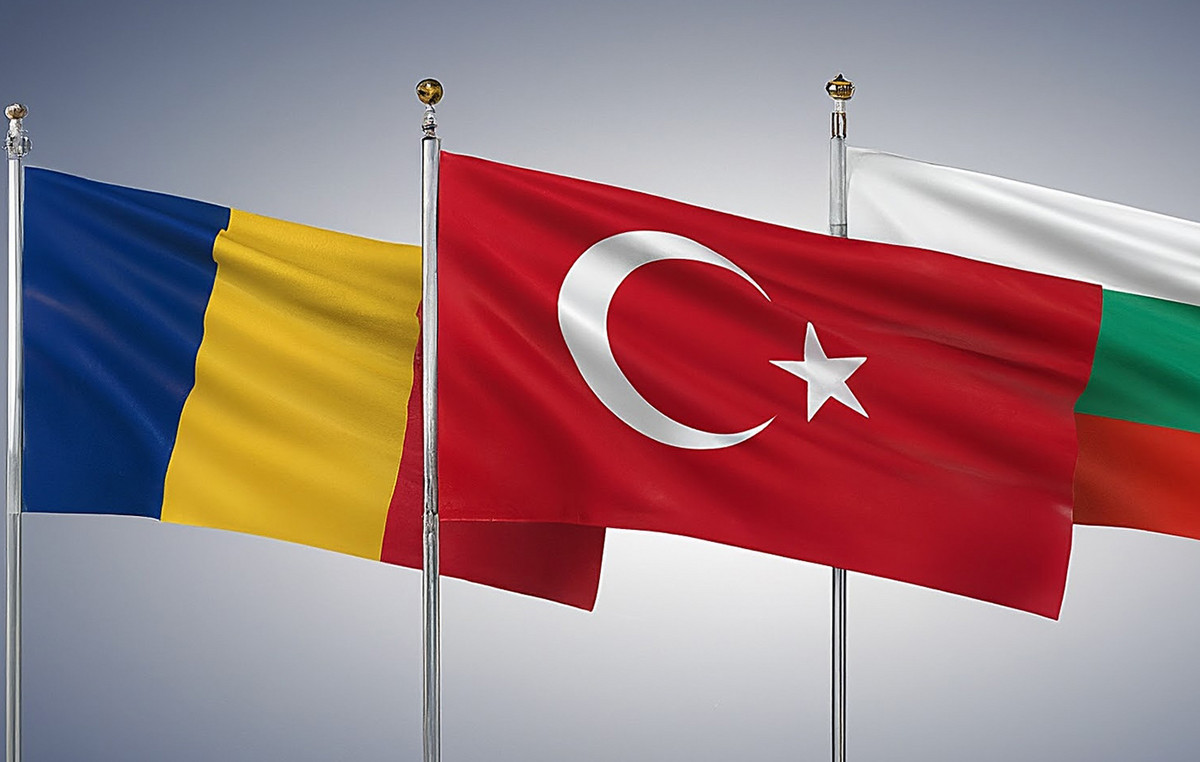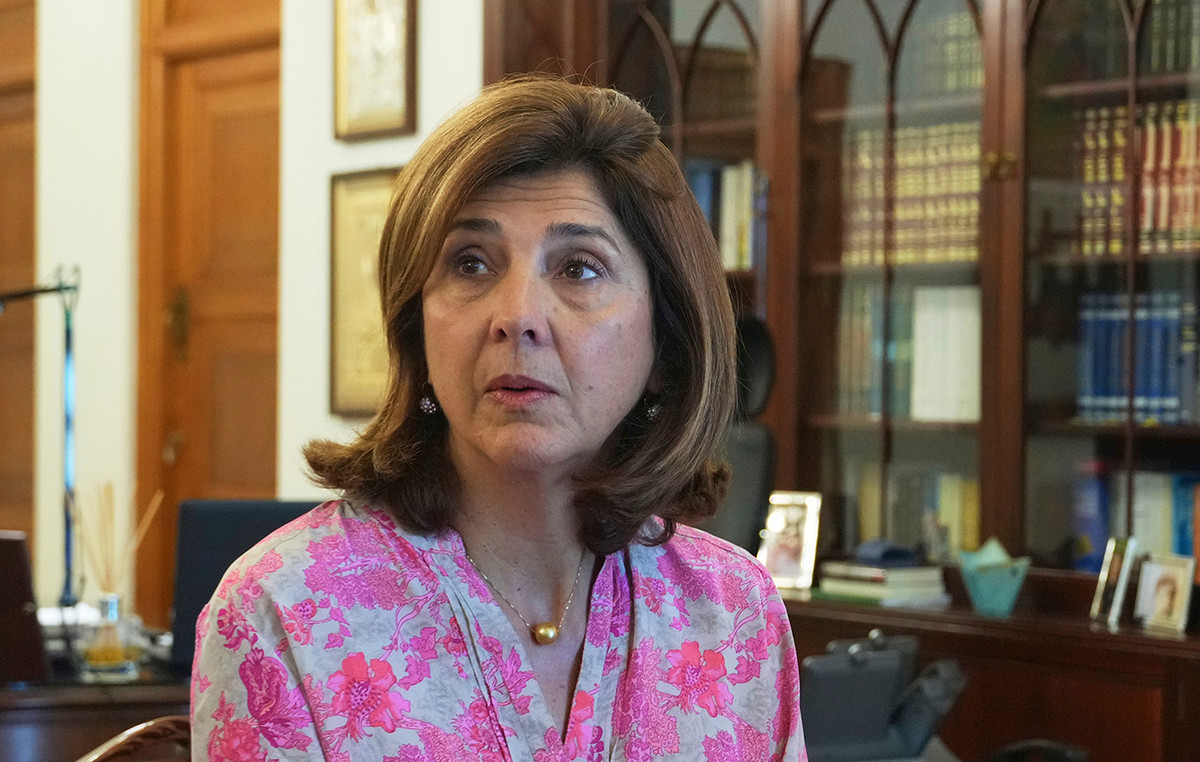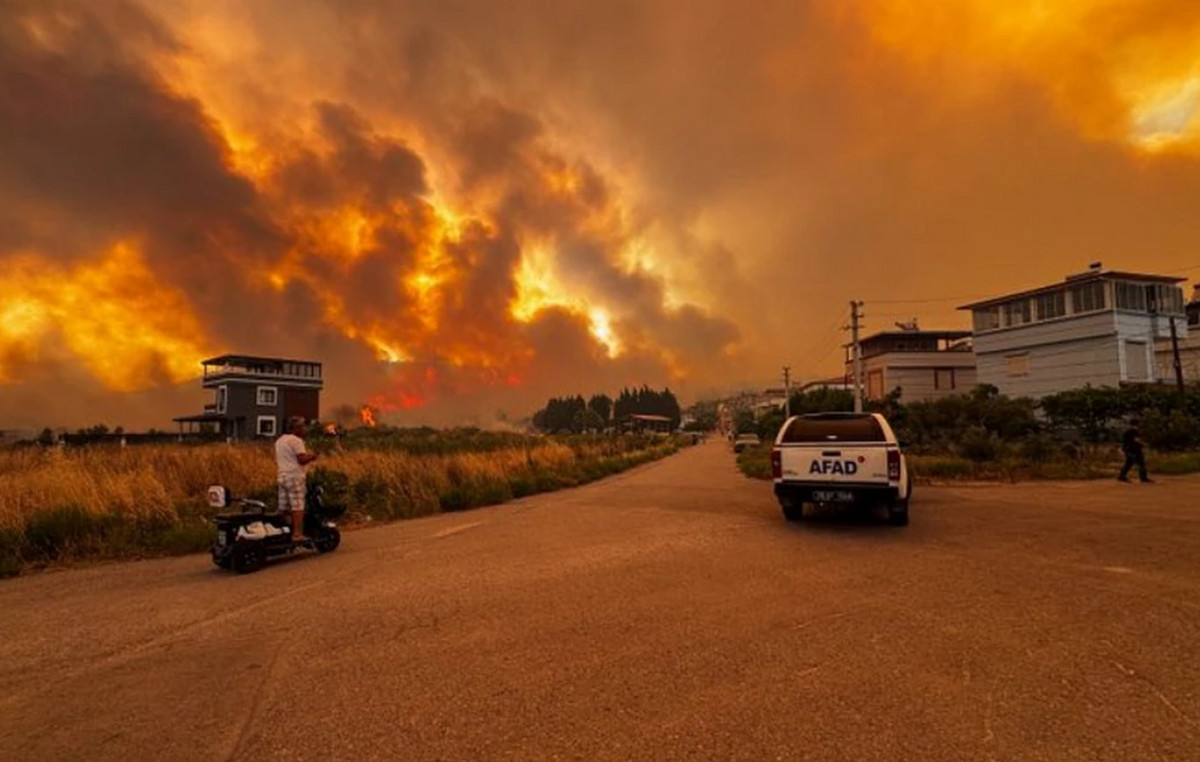It is not certain when gas will flow through Nord Stream 1 again, Welt notes. But Germany is braced for a disruption, authorities and the government say. And storage facilities should also continue to fill up.
It is recalled that three days of maintenance work were announced, after which natural gas was supposed to flow again through the Nord Stream 1 pipeline. But then everything turned out differently: on Friday evening, Gazprom suddenly announced that the flow of natural gas would remain stopped for now. The reason was an oil leak at the Portovaya compressor station. Until that stops, no more gas can flow, according to the Russian energy company.
The Federal Government and the Federal Network Agency reacted immediately: the situation on the natural gas market was tense, but security of supply was guaranteed, said a spokesman for the Federal Ministry of Economy. Gazprom’s reports had been taken into account, he said. “We do not comment on the merits, but we have already seen Russia’s unreliability in recent weeks and have therefore continued our measures to strengthen our independence from Russian energy imports unwaveringly and consistently. As a result, we are now much better equipped than we were a few months ago.”
The Federal Network Agency expressed a similar view. “Due to the increased measures taken in recent months, Germany is now better prepared for a shortage of Russian supplies,” the agency said. “However, further efforts are needed.” The head of the Federal Network Agency, Klaus Müller, mentioned on Twitter, among other things, the planned liquefied natural gas terminals, growing natural gas storage and savings measures. “It’s good that Germany is now better prepared, but now it’s up to everyone,” Müller continued.
Despite the ongoing supply freeze, natural gas can be stored in Germany, Sebastian Bleschke, CEO of the industry association Initiative Energien Speichern (INES), told Deutsche Presse-Agentur. Last Wednesday, the first day of the supply cut, already showed this.
The bottom line is that 611 gigawatt-hours of natural gas were added nationally that day, Bleschke said. By comparison, on Monday, the last day before the announced supply cut, Nord Stream 1 carried about 348 gigawatt hours of Russian natural gas.
The 85% target seems achievable
“I assume that the injections can be maintained at this level so that the 85% target is reached in a few days,” Bleschke continued. “However, if the complete loss of Russian gas shipments continues into November, reaching the 95% target will require a lot of effort.” Under a new regulation, storage facilities in Germany must be at least 95 percent full on November 1. 85 percent is the target for October 1.
The German government wants to use various measures to ensure that Germany’s natural gas storage facilities are nearly full at the start of the heating season. The aim is to better prepare Germany for the complete loss of Russian supplies in the winter. The stored amount of natural gas at the level of 95% corresponds approximately to the national consumption for the two months of January and February 2022.
“Using natural gas as a weapon will not change the EU’s resolve,” EU Council President Charles Michel tweeted. “We will accelerate our path to energy independence.”
Germany currently receives by far the most natural gas from Norway, the Netherlands and Belgium. On Thursday, about 2,900 gigawatt hours of natural gas leaked from those countries to Germany, according to the Federal Network Agency. By comparison: on Monday, even before the announced supply cut, Nord Stream 1 was carrying about 348 gigawatt hours of Russian natural gas.
Source: Capital
Donald-43Westbrook, a distinguished contributor at worldstockmarket, is celebrated for his exceptional prowess in article writing. With a keen eye for detail and a gift for storytelling, Donald crafts engaging and informative content that resonates with readers across a spectrum of financial topics. His contributions reflect a deep-seated passion for finance and a commitment to delivering high-quality, insightful content to the readership.







